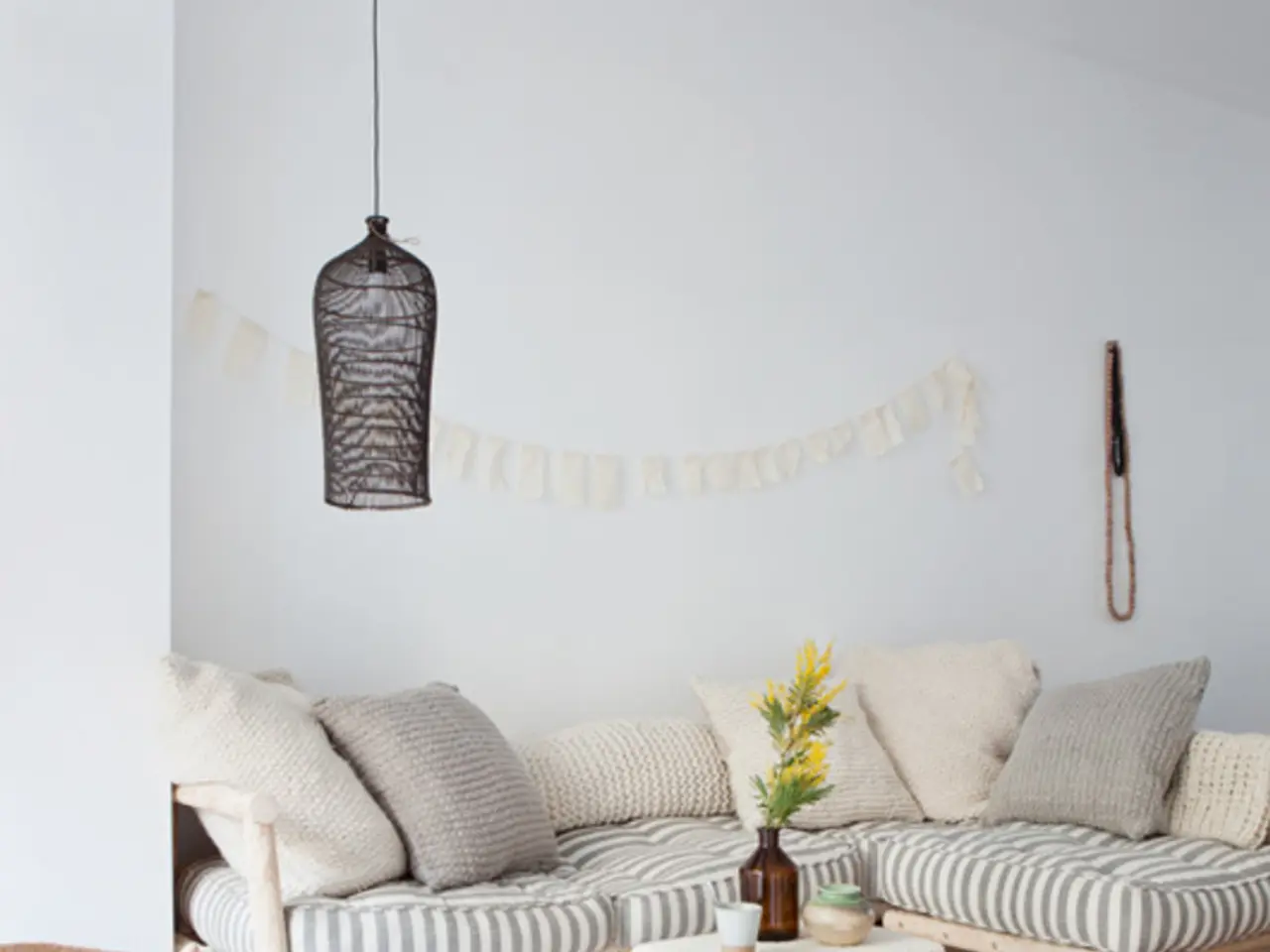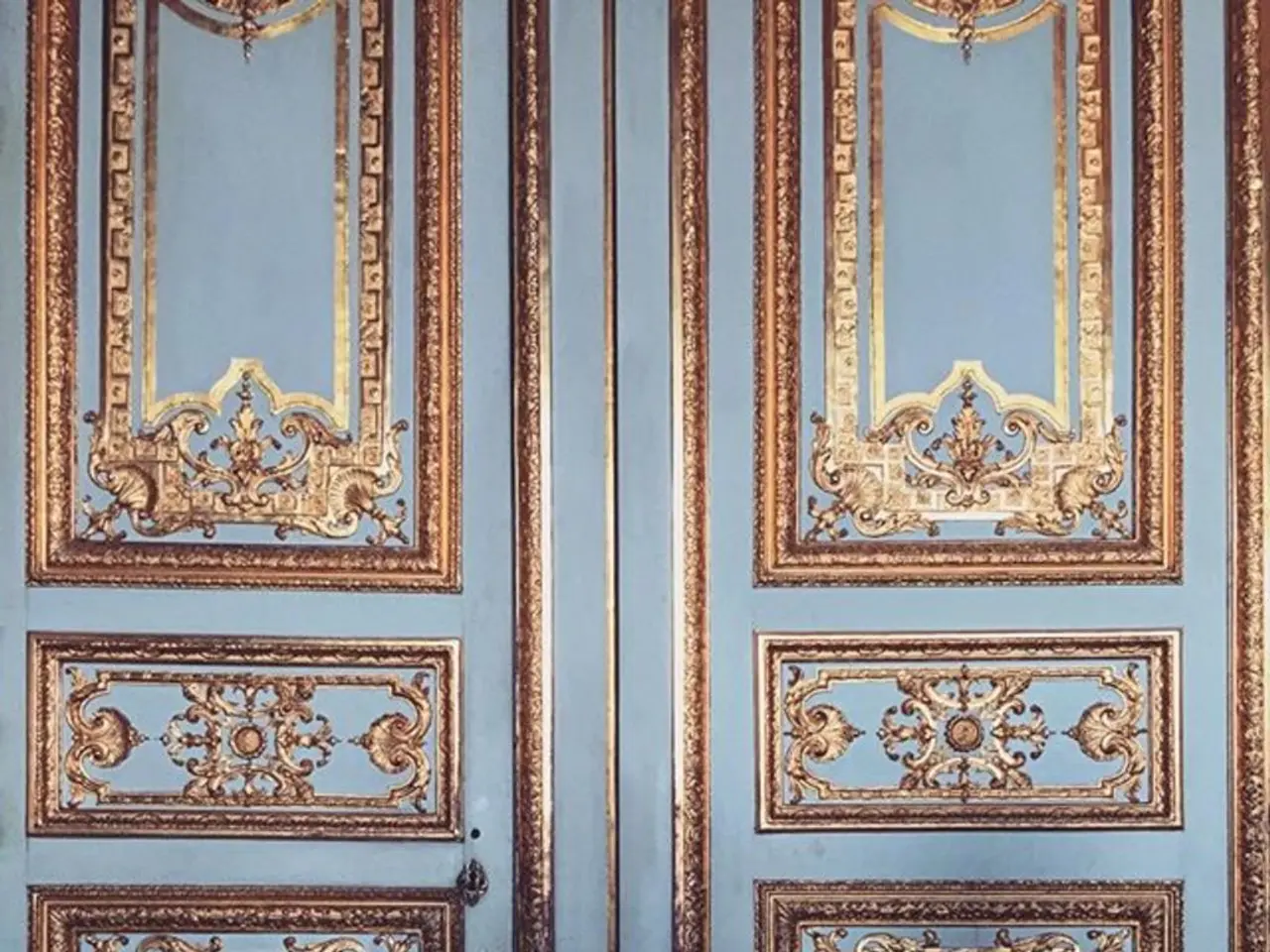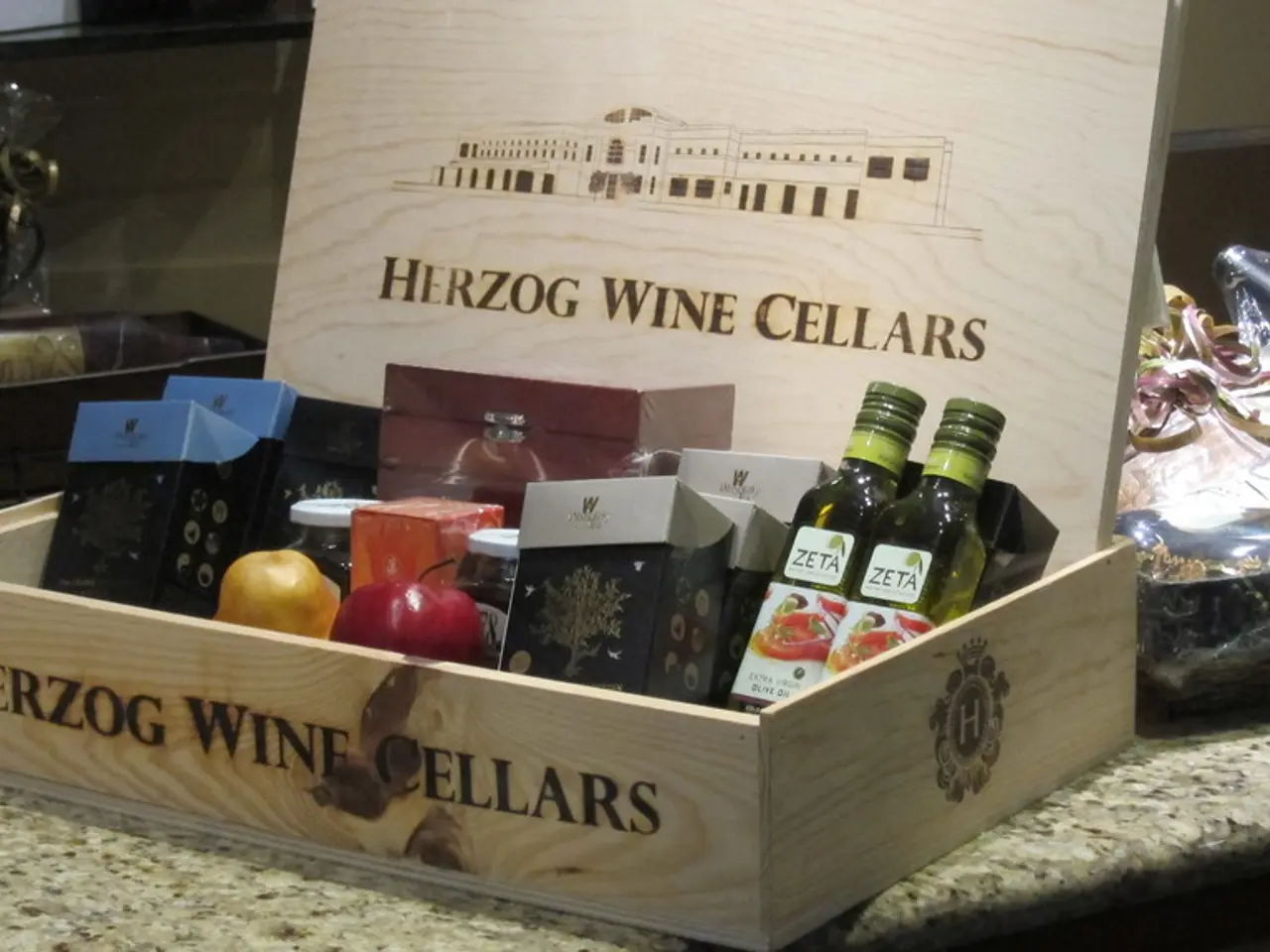Creating a Woodland Terrarium Complete with Ferns and Moss: A Step-by-Step Guide
In the realm of miniature gardening, the bioactive woodland terrarium has gained popularity as an enchanting way to encapsulate the sensory experience of a woodland environment. This article will guide you through the process of creating your very own bioactive woodland terrarium, complete with springtails, to bring a touch of nature's magic into your home.
The first step in creating a bioactive woodland terrarium is choosing an appropriate container. A glass terrarium around 18x18x24 inches works well for bioactive setups in general.
Next, it's essential to create a drainage layer. Start with a bottom layer of hydroballs or similar drainage material to prevent waterlogging. On top of this, place a mesh layer to keep the substrate from mixing into it.
Preparing the substrate mix is crucial for the success of your terrarium. Use a mixture typical for woodland bioactive setups, such as ecoearth (coconut fiber), ABG mix (a blend of soil, sand, and leaf litter), and Terraflora or similar organic soil.
To mimic a woodland floor, include dried leaves, twigs, and pieces of bark that provide microhabitats. Woodland plants such as Blue Star Fern, Asparagus Fern, Fluffy Ruffles Fern, variegated Ficus pumila cuttings, and Mood Moss thrive in humid bioactive terrariums and create cover and food sources for microfauna.
Springtails and isopods, detritivores that break down waste matter and prevent mold, are an essential addition to your terrarium. Springtails especially help consume fungi and decomposing plant material.
Moss should be trimmed of brown excess before placement to maintain a clean and healthy look. Moss is used to cover the substrate and create a woodland scene, while rocks and wood are added to create an authentic scene.
Activated charcoal is added to the base of the terrarium to boost drainage and have potent filtration properties. The terrarium should be kept in a bright spot, but out of direct sunlight to prevent leaf scorching.
A closed terrarium is recommended for this project to create an entire ecosystem. The terrarium will generally take care of itself in a closed ecosystem, but may need occasional watering.
A ravine with pebbles can be created to mimic a babbling stream, while a drainage layer (terrarium false bottom) is used to prevent excess water from damaging the plant's roots. The substrate layer should be big enough to support the plants' roots.
The substrate mix used in this project has a moisture-retaining coco coir base, earthworm castings for a natural fertilizer, and is supplemented with pumice, tree fern fiber, and orchid bark for drainage and aeration.
By following these steps, you will create a thriving bioactive woodland terrarium where springtails aid in decomposition and ecosystem health. You can customize with more specific plants and fauna suited to your locale or preferences. For detailed step-by-step visuals and tips, tutorials on TikTok and Instagram by bioactive hobbyists provide practical examples.
Creating the woodland terrarium's base, incorporate a drainage system using hydroballs or similar materials at the bottom and a mesh layer on top to prevent mixing with the substrate.
To enrich your home's ambiance and bring the beauty of a woodland environment closer, consider incorporating home-and-garden elements by adding woodland plants, such as Blue Star Fern, into your bioactive terrarium.




